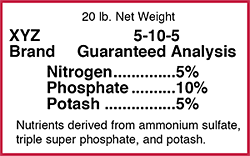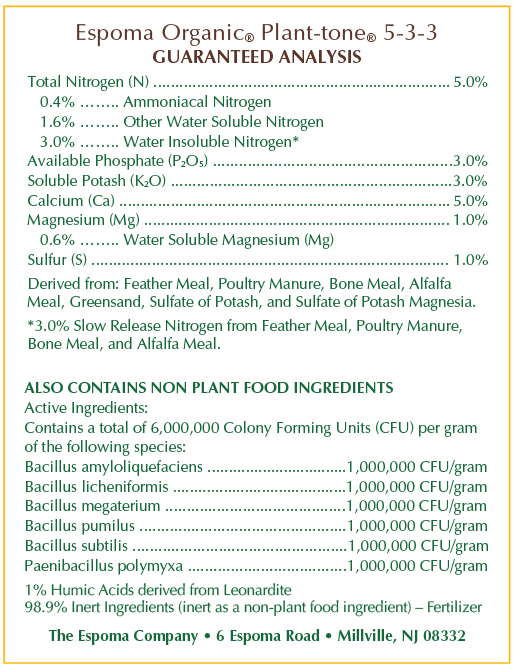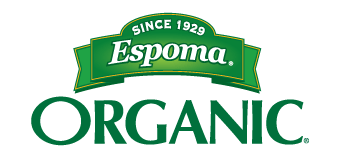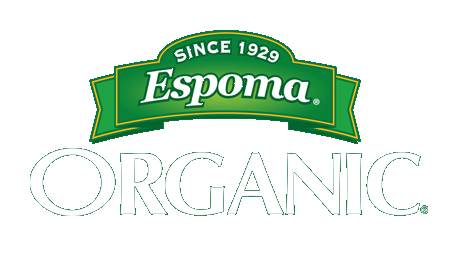Reading & Comparing Plant Food Labels
 Plant foods sold in the United States generally have a label with information on the following: Grade, Net Weight, Guaranteed Analysis, Sources of Nutrients. Each of these components is explained below. When shopping for plant foods, this section is indispensable for making comparisons between seemingly similar products.
Plant foods sold in the United States generally have a label with information on the following: Grade, Net Weight, Guaranteed Analysis, Sources of Nutrients. Each of these components is explained below. When shopping for plant foods, this section is indispensable for making comparisons between seemingly similar products.
1. The Grade
A shorthand representation of the minimum percentages guaranteed (by weight) for Total Nitrogen, Available Phosphate, and Soluble Potash, with each guarantee separated by a hyphen. In Figure 2, the grade for Plant-tone is 5-3-3, which means that it is guaranteed to contain 5% nitrogen, 3% phosphate, and 3% potash. Therefore, in a 40 lb. bag of Plant-tone, there would be 2.0 lbs. of nitrogen, 1.2 pounds of available phosphate, and 1.2 lbs. of soluble potash.
2. Net Weight
All fertilizers must be sold on the basis of net weight (not volume). When comparing products, it is often better to compare the price per pound rather than total price because the net weights often vary.
3. Guaranteed Analysis
States the minimum percentage by weight of plant nutrients claimed by the seller. If the manufacturer claims a given nutrient, it must be guaranteed in this section.

4. Derivation Statement
The derivation statement lists the sources for the nutrients guaranteed. Look to see how many ingredients are listed. The more ingredients, the more rates of release, the better the feed. Check also to see if there are any slow release ingredients, i.e. natural organic or controlled release ingredients.
Tips for comparing grades:
Bigger doesn’t mean better. Some consumers mistakenly believe that bigger numbers in the analysis means better plant food. However, high analysis plant foods are often wasted because the plant cannot utilize all of the nutrients immediately, and what it does not use leaches away from the soil. It is more important to look for slow release ingredients such as natural organic or controlled release that will slowly feed the plant and not leach away.
Take weight and rate into consideration. Some consumers mistakenly believe that bigger analyses always mean more nutrients. However, because an analysis represents the percentage by weight of a given nutrient, it may not always be the case. In the table below, Espoma Organic provides more nitrogen per 1,000 square feet than two competitors products; one with a higher and one with a lower nitrogen analysis.
| Brand | Analysis | Application Rate per 1,000 sq. ft. | Nitrogen per 1,000 sq. ft. |
|---|---|---|---|
| Espoma Organic | 9-0-0 | 5.6 lbs. | 0.5 lbs. |
| Espoma Lawn Food | 18-0-3 | 3.3 lbs. | 0.6 lbs. |
| Brand X (Natural) | 3-1-5 | 10 lbs. | 0.3 lbs. |
| Brand Z (Synthetic) | 16-4-8 | 4 lbs. | 0.6 lbs. |
Comparison Tip:
Is there any slow release Nitrogen? To determine how much of the Nitrogen is slow release, add the percentage of “Water Insoluble” Nitrogen to any other “Slowly Available” Nitrogen in the guaranteed analysis. In the Plant-tone label above, 3% Nitrogen (approximately 60% of the Nitrogen guaranteed) is slow release. In the XYZ brand label above, there is no water insoluble guarantee or any other slow release claim. Therefore, this is a water soluble product that will not last long in the soil.


